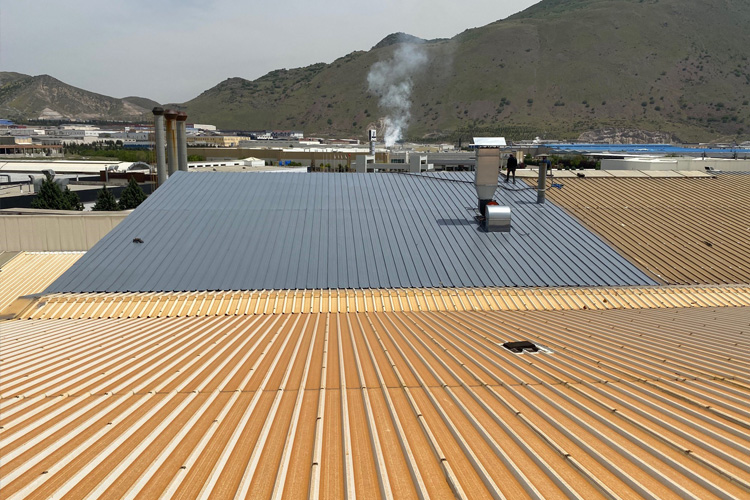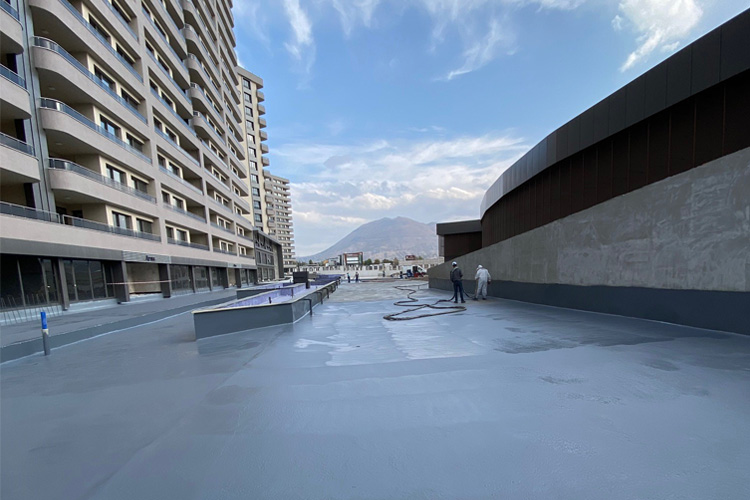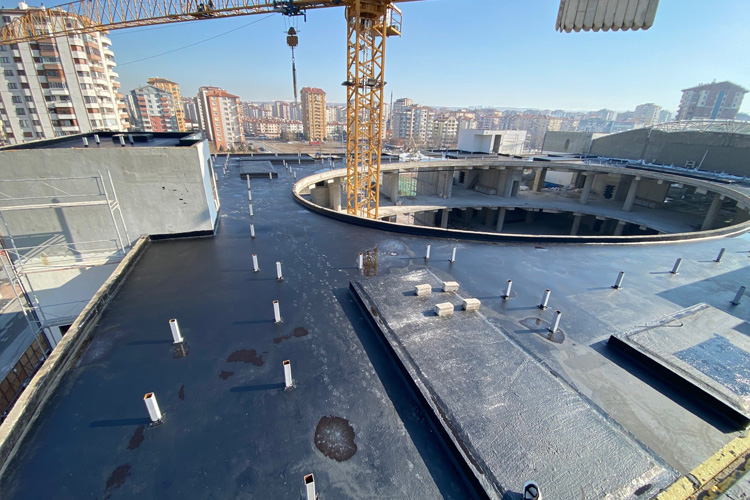How Do I Know Which Insulation Materials I Need?
When you have a water leak, every second counts in minimizing water damage to your property.
Knowing what to insulate your water and how to determine where to find it can save you thousands on property repairs, so we'll show you ways to insulate your water supply.
Isolating the water in the main meter
If you live in a house or bungalow, the easiest way to stop the flow of water without having to look for high and low stop faucets and check valves is to step outside your property, find the main water meter on the sidewalk, remove the lid and turn the handle 1/4 turn. Turning off the water at the meter means there will be no water on your property, but doing so is extremely quick since the water meter is usually always in front of your property. You will need a flathead screwdriver to pry off the cover to reveal the water meter. (a butter knife might work if you don't have any tools at hand).
If you live in an apartment or have multiple properties in a small area, it can be difficult to determine which water meter is for your property, especially if you're in a hurry.
Isolation sections of your property's water supply
In a well-designed hot and cold water system within a property, you should have multiple isolating valves, gate valves, ball valves, stop valves, check valves, ball valves, and buffer valves before any main water point such as a toilet, sink, etc., sink, bath or shower so that each water point can be isolated separately from the main water flow.
For example, if you have water leaking from a broken faucet head, you should be able to isolate just the faucets by finding the valve at the bottom and turning the water off.
Most valves can be manually operated or closed with a flathead screwdriver.






